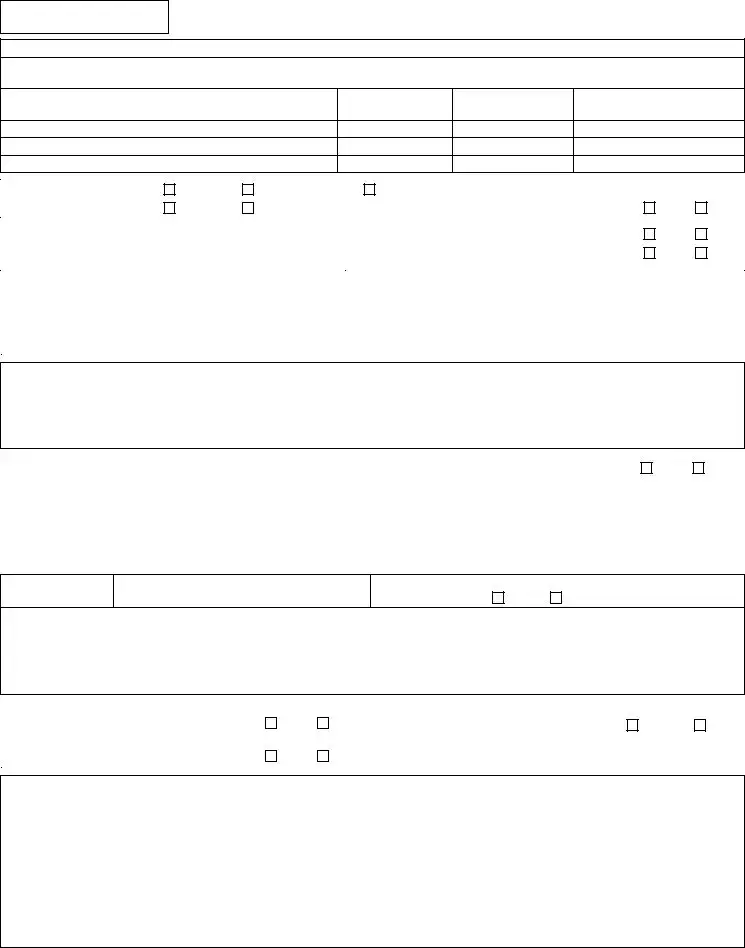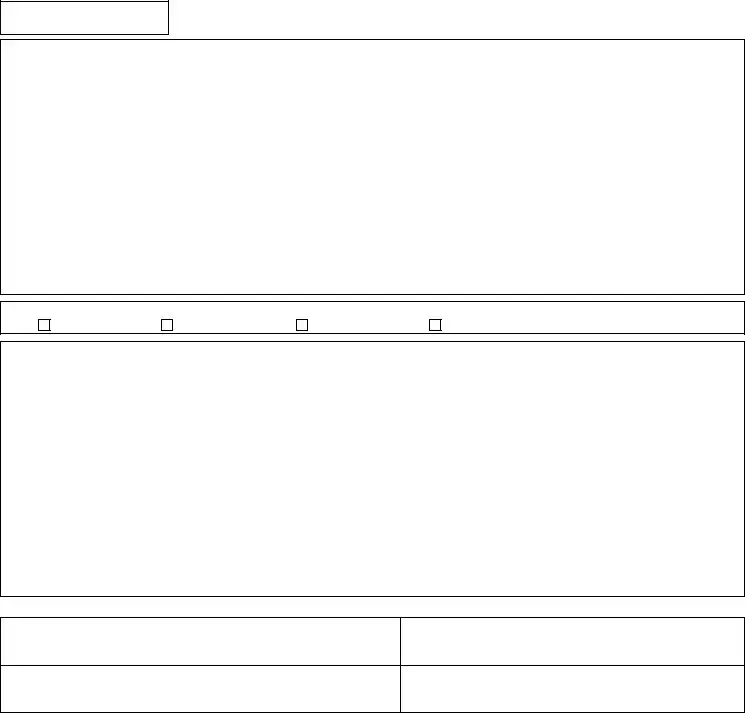Provider Investigation Report
For use only by Skilled Nursing Facilities (SNF), Nursing Facilities (NF), Intermediate Care Facilities for Individual with an Intellectual Disability or Related Conditions (ICF/IID), Assisted Living Facilities (ALF), Adult Day Care Facilities (ADC), and Day and Activity Health Services Facilities (DAHS).
Fax Cover Sheet
Date:
To: DADS Consumer Rights and Services Section
Attention: Intake Coordinator
Fax Area Code and Telephone No.: 1-877-438-5827
Regarding DADS Intake ID No.:
No. of Pages, including cover:
|
|
From: |
|
|
|
|
|
|
Provider Name: |
|
|
|
Vendor / ID No.: |
|
Street Address: |
|
|
|
|
|
|
|
City: |
|
|
|
|
|
|
Telephone No.: |
– |
– |
|
|
|
|
|
Fax: |
– |
– |
|
|
|
|
|
|
|
|
|
|
|
|
|
|
|
Provider Investigation Report Information |
|
|
|
|
|
|
|
|
|
|
|
|
|
|
|
|
|
|
Agency Name |
|
|
|
|
|
|
License No. |
|
|
|
|
|
|
|
|
|
Street Address |
|
|
|
|
|
|
|
|
|
|
|
|
|
|
|
City, State, ZIP Code |
|
|
|
|
|
County |
|
|
|
|
|
|
Area Code and Telephone No. |
|
Fax Area Code and Telephone No. |
|
|
|
– |
– |
|
|
– |
– |
Parent |
Branch/Alternate Delivery Site |
|
|
|
|
|
|
|
|
|
|
|
|
|
|
|
|
|
|
|
|
|
|
|
Confidential Document:
This communication (including any attached document) contains privileged and/or confidential information. If you are not an intended recipient of this communication, please be advised that any disclosure, dissemination, distribution, copying or other use of this communication or any attached document is strictly prohibited. If you have received this communication in error, please notify the sender immediately and promptly destroy all copies of this communication and any attached documents.
Use only for Skilled Nursing Facilities (SNF), Nursing Facilities (NF),
Intermediate Care Facilities for Individuals with an Intellectual Disability or Related Conditions (ICF/IID),
Assisted Living Facilities (ALF), Adult Day Care Facilities (ADC),
and Day and Activity Health Services Facilities (DAHS).
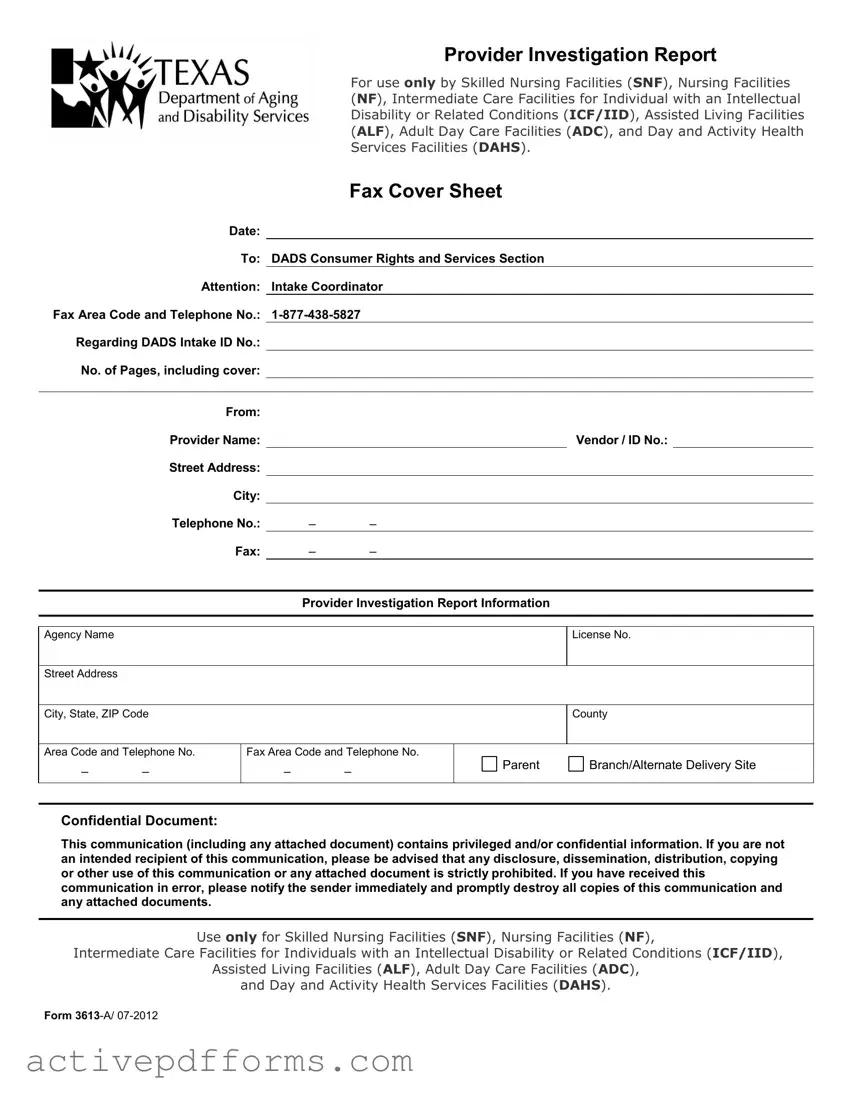
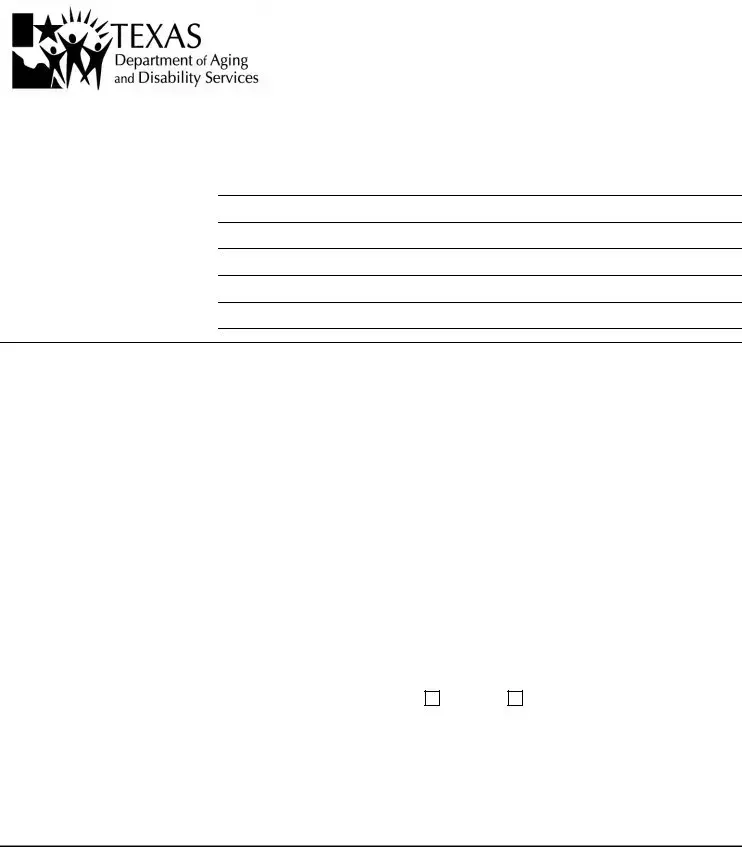
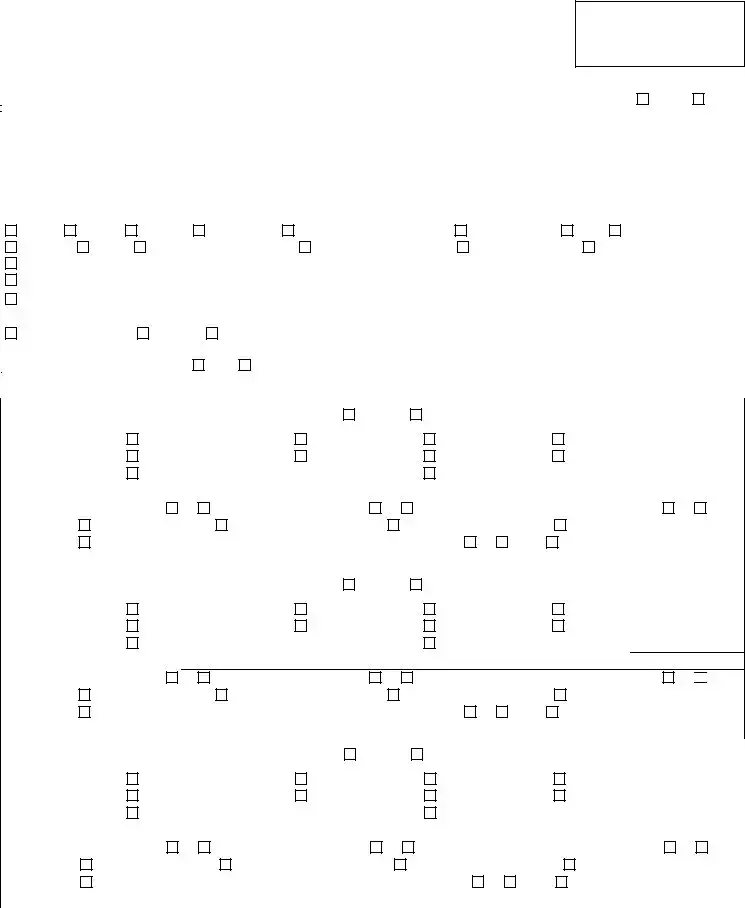

 N
N